- Category
- World
Arctic War: How Russia Is Turning a Peaceful Region Into a Military Base
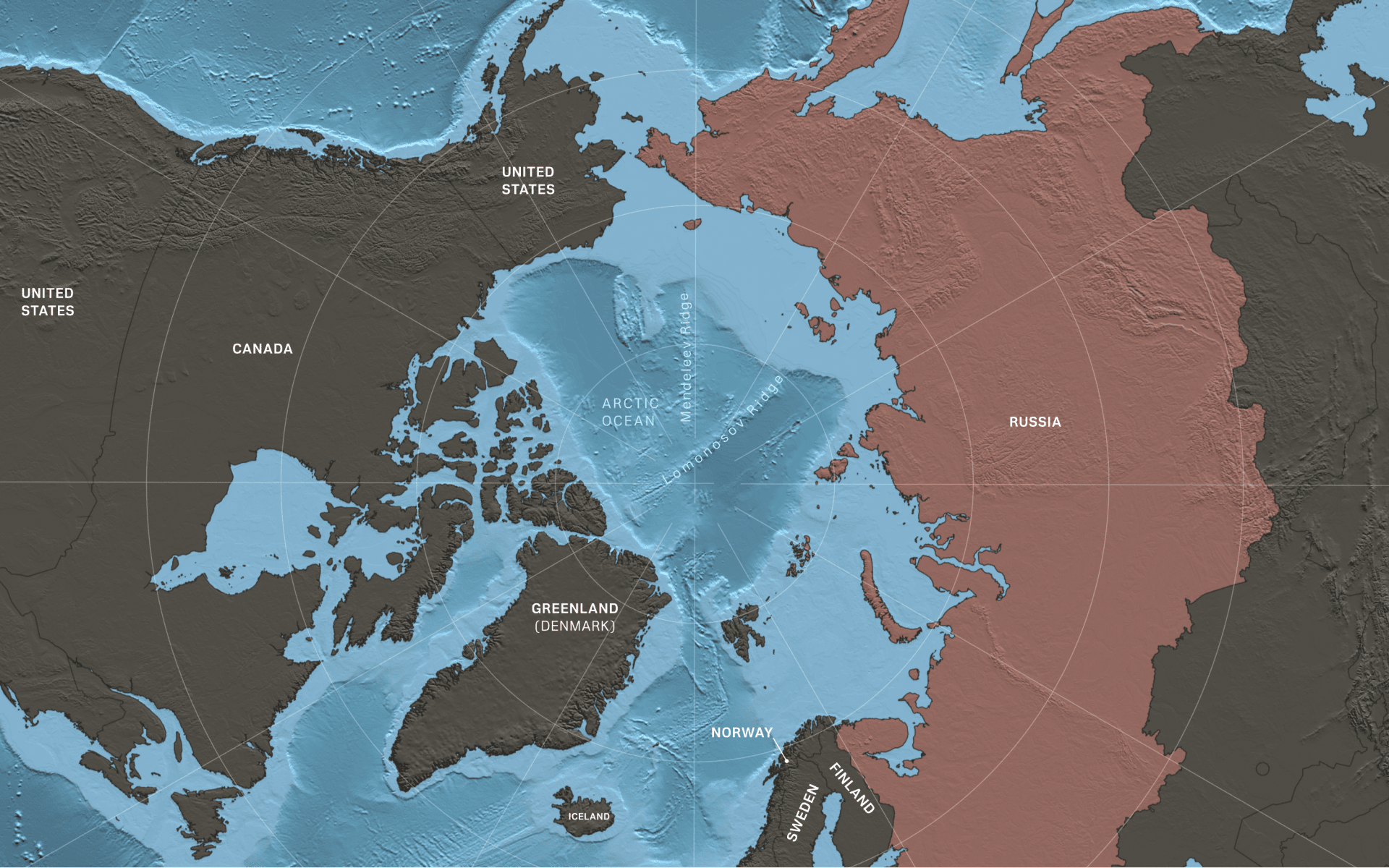
In recent years, Russia has ramped up its military buildup in the Arctic, turning this critical trade route into a potential geopolitical battleground.
When discussing global trade routes, two major arteries immediately come to mind: the Suez and Panama Canals. These passages handle massive cargo volumes between Asia, Europe, and the United States. However, there is a third, less frequently mentioned route that is no less important: the Arctic trade route.
Navigating the Arctic is challenging due to its extreme climate—bitter cold and waters covered with ice nearly year-round. For now. Climate scientists disagree on exact timelines, but they all predict that in the next 50 years, Arctic conditions will change, temperatures will rise, and permafrost will retreat.

This would not only make the trade route more accessible but also ease access to another valuable resource—natural deposits. The Arctic is estimated to hold 412 billion barrels of oil and gas, about 22% of the world’s undiscovered reserves.
For decades, Arctic-bordering nations have viewed the region as a zone of peace, cooperation, and shared use. Russia once did too. But not anymore. Moscow’s relentless fixation on external threats—and the belief that enemies are preparing to strike—has changed its approach.
Endless border
Russia’s Arctic border stretches an astonishing 14,000 miles (24,000 km). For a long time, Moscow relied on nature’s brutal conditions—perpetual ice and subzero cold—as its first line of defense.
Yet for the Kremlin, natural defenses are not enough. The Arctic is now home to a growing network of Russian military installations.
As early as 2021, US media reported that Russia was reviving Soviet-era bases and building new ones. The Russian Ministry of Defense announced 590 new military sites, including airfields for Su-34 and Su-35 fighter jets.
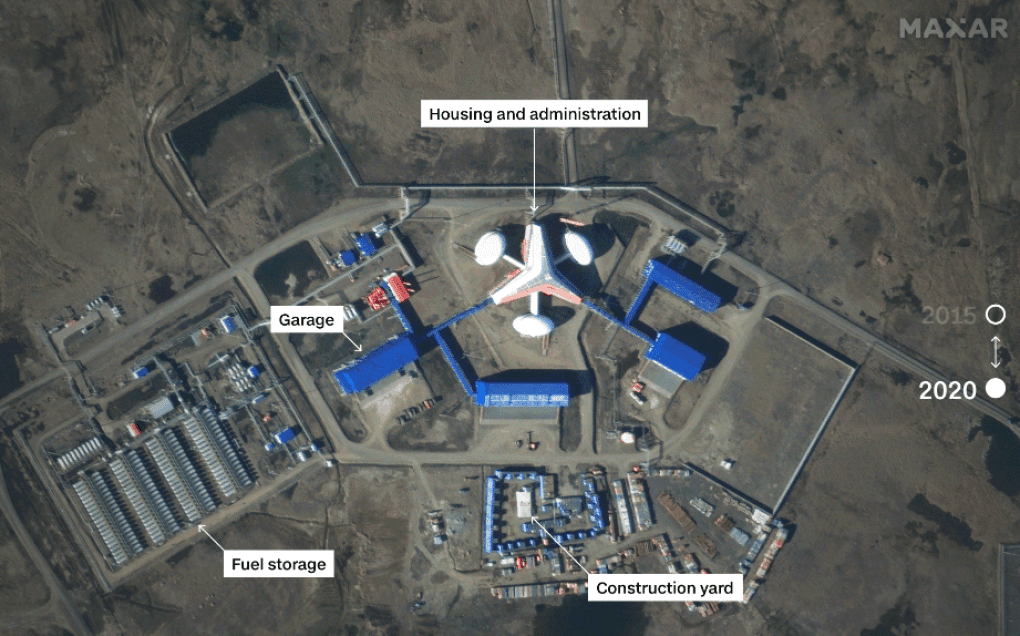
Moscow is now reportedly positioning missile systems, aviation units, air defense installations, and radar systems along its northern border—aiming for full control over the region, which covers a vast portion of the Northern Hemisphere.
In 2024, Vladimir Putin reaffirmed his commitment to Arctic dominance by ordering the largest military exercise in the region’s history—Ocean-2024. The drill involved 400 warships, submarines, and support vessels, as well as 120 planes and helicopters—an unprecedented show of force. As part of the exercises, strategic bombers capable of carrying nuclear missiles flew over the Barents and Norwegian Seas.
These drills have triggered significant alarm. Since the Cold War, few considered the Arctic a potential war zone. But Russia is preparing for a future where ice recedes, natural defenses disappear, and the region becomes a battlefield.
While much of the world overlooks this threat, Scandinavian nations feel it acutely. In 2024, discussions about damaged undersea cables in the Baltic Sea gained traction, following previous concerns over Russian electronic warfare (GPS jamming) in 2022 and 2023. However, the Arctic has faced such provocations for years. Russian military aircraft have repeatedly violated Scandinavian airspace, and in 2022, a fiber-optic cable connecting mainland Norway to the Svalbard archipelago was severed. Suspicion fell on Russia, as a Russian fishing vessel was in the area at the time of the incident. This cable supports a satellite station in Svalbard and provides broadband internet access to the Arctic archipelago.
Arctic nations recognize that melting ice does not just expose Russia’s borders—it affects theirs. Moscow’s military buildup may not be about defense, and its exercises may not be just drills. Ukraine has already learned that lesson.
But military expansion isn’t the only motivation at play.
Trade routes and resources
The presence of ice does not mean the Arctic is unnavigable. Trade exists, though on a smaller scale than in other parts of the world, and it requires a special class of escort vessels—icebreakers. Here, Russia is the undisputed leader. According to Russia’s Transport Ministry, the country operates 41 icebreakers, including seven nuclear-powered ones—the only nation in the world with such a fleet. In contrast, the US, Canada, and European nations each have only a handful.
This dominance has allowed Russia to control the Northern Sea Route. Since Arctic navigation largely depends on Russian icebreakers, Moscow profits by charging commercial fees for their use.

At the same time, this gives Russia a crucial strategic advantage. The Kremlin retains the power to dictate Arctic trade flows. Icebreakers also operate alongside Russia’s naval forces, ensuring military operations can be sustained in the region. Unsurprisingly, Russia’s partner nations are now investing in their own icebreaker fleets rather than relying solely on their so-called “ally.”
Russia’s Arctic ambitions also serve as a tool for circumventing Western sanctions. By controlling this trade corridor, Moscow can continue exporting resources to Asia, bypassing restrictions.
Russia’s claim to Arctic dominance is further reflected in its territorial ambitions. While international agreements designate territorial waters up to 12 miles (22 km) from the coast and exclusive economic zones up to 200 miles (370 km), Russia has spent years trying to expand its claim. Moscow argues that the Lomonosov and Mendeleev Ridges are extensions of its continental shelf, thereby asserting rights over an additional 463,000 square miles (1.2 million km²)—including the North Pole.
At stake are 22% of the world’s untapped oil and gas reserves. For Russia, gaining control of these resources represents another opportunity to generate massive revenue. In the past three years alone, Russia has earned over $800 billion from Arctic resource extraction. The full-scale war against Ukraine has already demonstrated how the Kremlin exploits energy resources for blackmail and economic destabilization, particularly in Europe. Moreover, Moscow has decades of experience extracting oil in Arctic conditions.
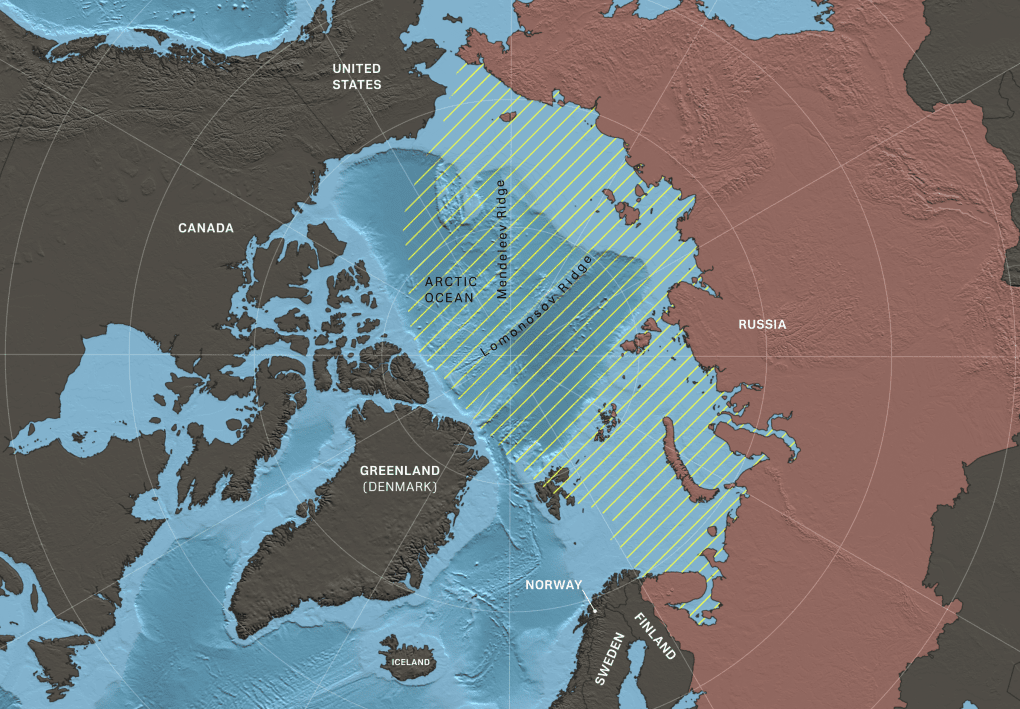
If Russia succeeds in expanding its territorial claims, it will gain unchecked control over the Arctic. It would hold the power to regulate trade routes, impose blockades, and covertly deploy military forces for future conflicts.
The next battlefield?
In 2024, Netflix released the second season of The Diplomat. (Spoiler alert: by the finale, it’s clear—the entire plot hinges on the Arctic becoming the next global hotspot.) But for Russia, this region isn’t just about resources. It’s a potential launchpad for strikes on Europe or the United States—a battleground few are watching.
Moscow is already waging war on its western border (Ukraine) and threatening its Baltic neighbors. It has allies, partners, and satellite states to the south. The Arctic may be the next front in Russia’s expansion. Russia is not investing in ports—it is building military bases.
-29a1a43aba23f9bb779a1ac8b98d2121.jpeg)
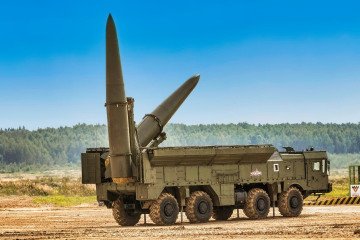
-206008aed5f329e86c52788e3e423f23.jpg)
-283d77c1379d612e6f72cf1b6de7dacb.png)
-46f6afa2f66d31ff3df8ea1a8f5524ec.jpg)
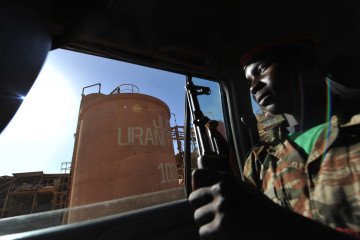

-554f0711f15a880af68b2550a739eee4.jpg)